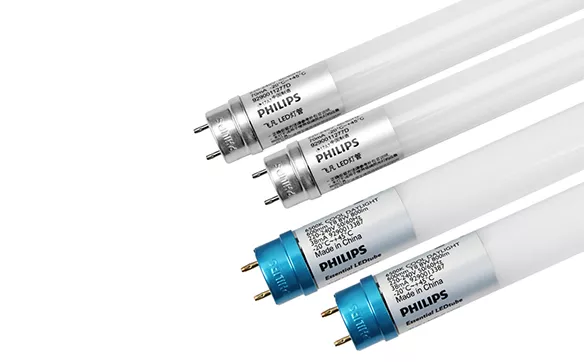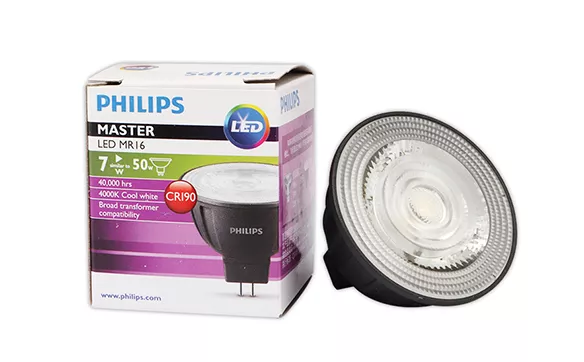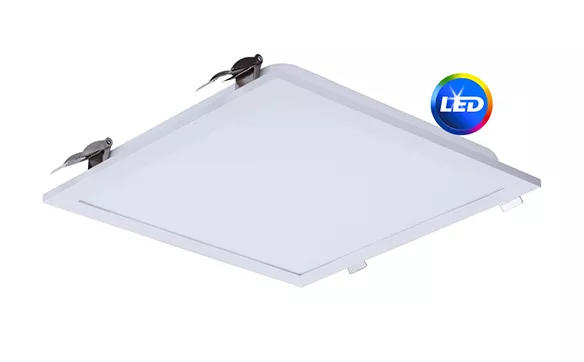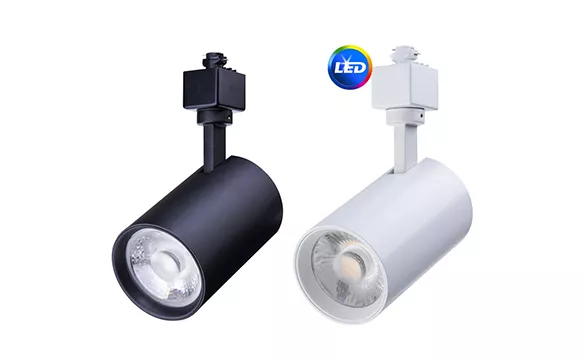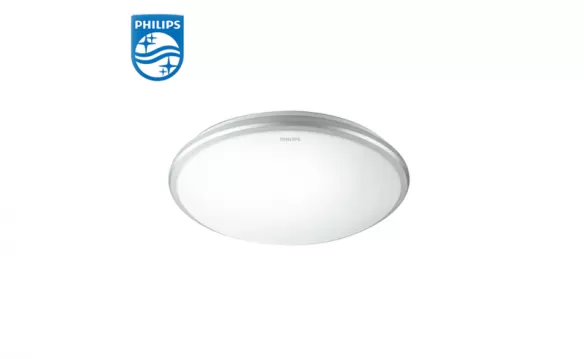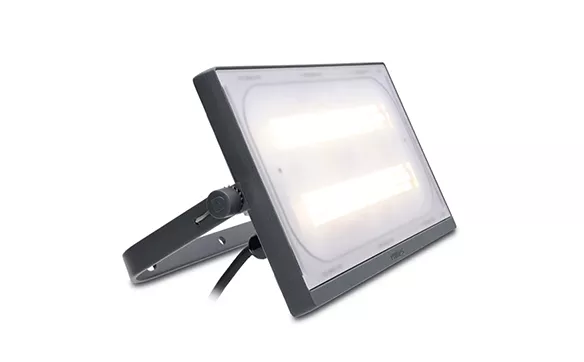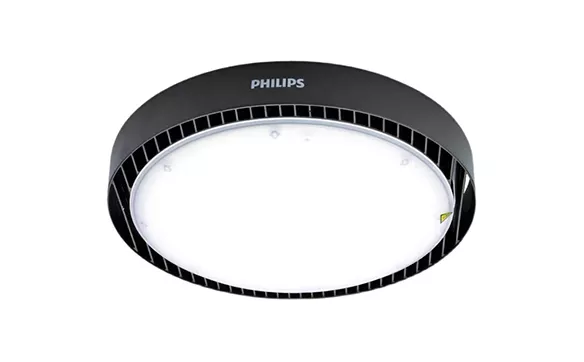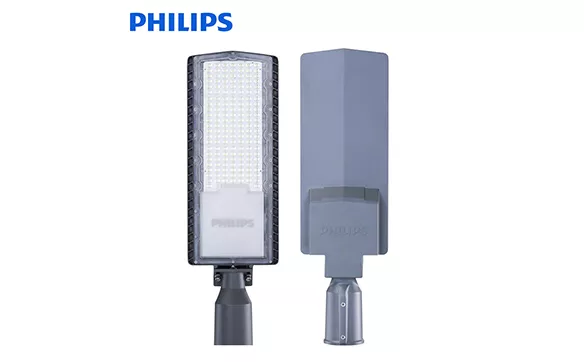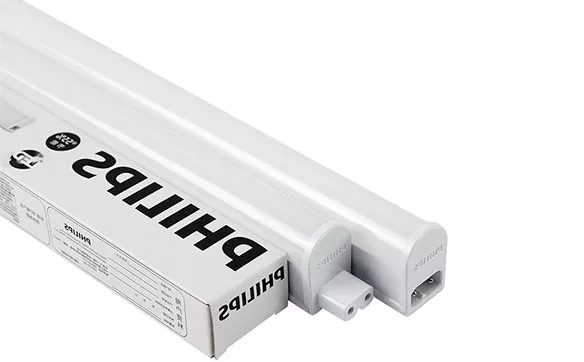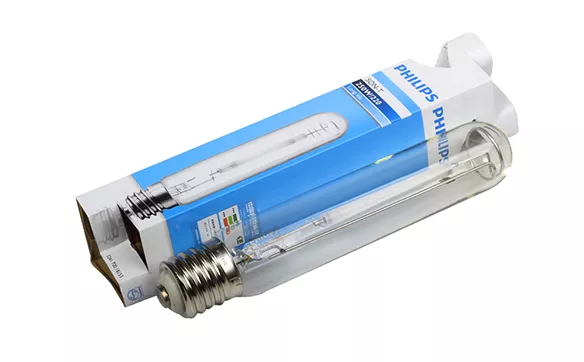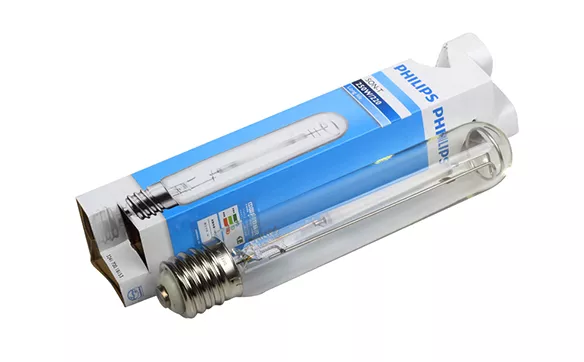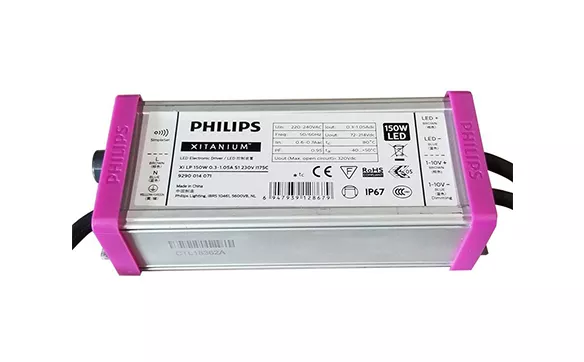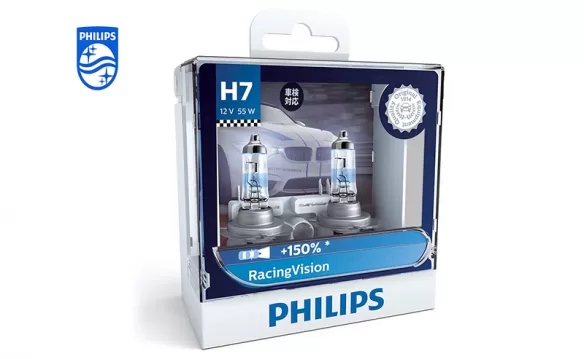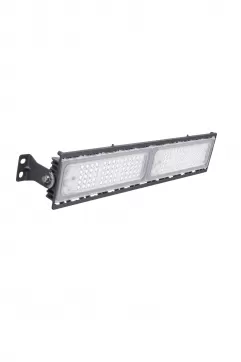What's LED street light?
An LED street light is a luminaire consisting of light-emitting diodes (LEDs). These lights are mounted on top of poles to illuminate roadways, sidewalks, parking areas, and other outdoor spaces. They serve as essential components in infrastructure construction, ensuring safety in roads, residential areas, and other exterior environments. For additional information on common issues with LED street lights, please refer to the details below.
Kinds of LED street light:
According to the difference of heatsink, the LED street light can be with modular design or a full die-casting aluminum design.
According to the difference of LED chips, LED streetlights can be either with SMD or COB. SMD refers to the term "Surface Mounted Device" LEDs, which are the utmost shared LEDs in the market. COB is short for "Chip On Board". Many LED chips are packed together as a lighting module and it looks like a panel when it's turned on. And all ZGSM LED street lights are adopting SMD design. Because as our understanding, SMD is more efficient, more reliable, and more conducive to street light work than COB.
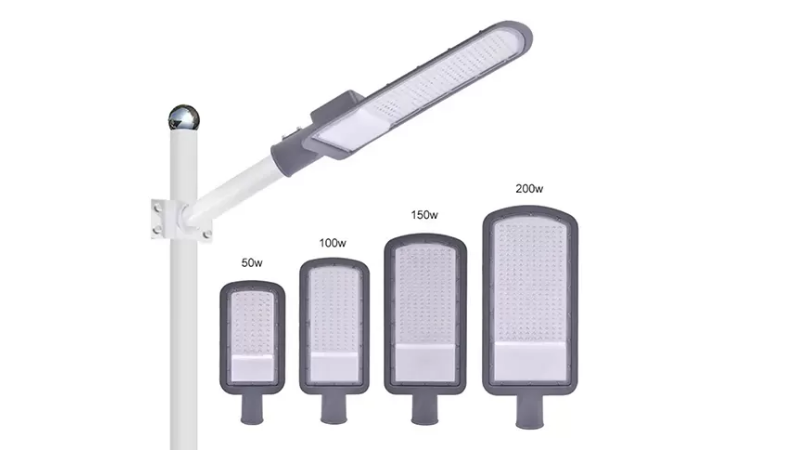
Application of LED street light:
LED road lamps are versatile and can be applied in various settings:
1. Primary Roads, Secondary Roads, and Highways:
These areas require enhanced lighting for safety, typically falling within lighting class requirements ranging from M1 to M6.
2. Pedestrian Streets, Cycleways, Emergency Lanes, Other Roadside Areas, and Residential Roads:
For such applications, the P lighting class (P1 to P6) is usually necessary to ensure adequate illumination.
3. Other Exterior Lighting:
Areas such as schoolyards, parking lots, urban squares, and the periphery of factories may require customized lighting designs. You can provide us with a drawing, and we can tailor the lighting design accordingly.
Differences between LED and Traditional Street Lights:
1. High Efficiency:
Philips LED street lights utilize LEDs as their light source, offering higher efficiency compared to traditional light sources. They can save up to 80% energy, promoting eco-friendliness and reducing overall LED street lamp costs.
2. No Toxic Elements:
LED street lights contain fewer toxic elements than traditional counterparts, contributing to a more environmentally friendly lighting solution.
3. Fewer Lights Needed:
The high efficiency of LEDs allows for the use of street lights with lower wattage to illuminate roads. Attention to the light distribution of LED street lights is crucial. Proper light distribution ensures a projected light pattern that covers surfaces effectively. With good lighting distribution, less energy is required, making OEM LED street lights more efficient than their counterparts.
4. Long Lifespan:
LED street lights boast a long service life, attributed to two key factors:
- LEDs exhibit a 70% lumen maintenance lifetime reaching up to 100,000 hours.
- The failure rate of LED drivers is exceptionally low.
The extended lifespan of LED lights, up to six times longer than other types, results in fewer replacements, reducing the resources and effort required for municipalities to maintain a street lighting project.
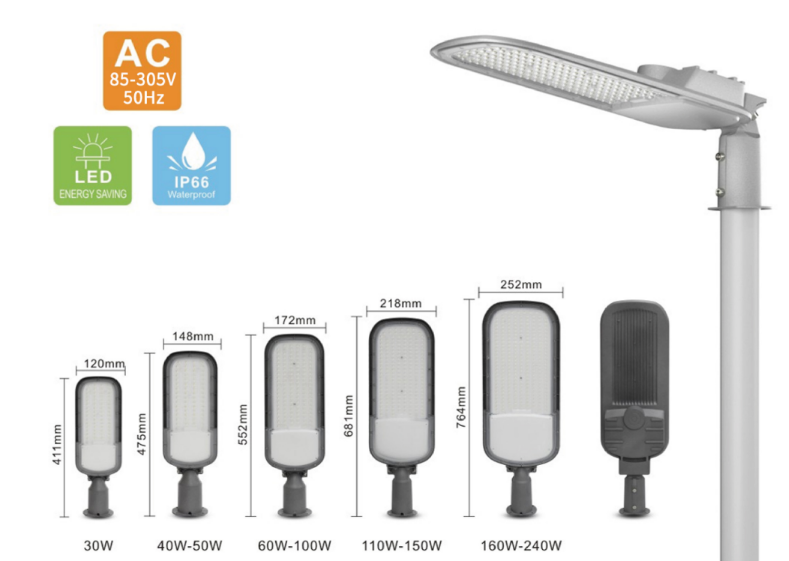
Common Problems with LED Street Lights:
Due to profit-driven motives and unfair competition, street lighting products may encounter various issues. Common LED street light problems include LED driver failure, subpar LED chips, inadequate Surge Protective Device (SPD) function, lower IP/IK ratings, inefficient heat dissipation, substandard powder coating, poor lighting distribution, low overall efficiency, and inferior packaging.
The Significance of Wattage in LED Street Lights:
Wattage plays a crucial role in determining the performance of LED street lights. Typically, higher wattage results in brighter illumination. However, when installing street lights, factors such as lux (maintained average illuminance) on the ground and maintained average luminance on the ground are also influenced by the pole height, road width, pole distance, boom length, boom angle, and distance between the pole and the road.
The lamps used in streetlights vary in both size and power consumption, usually ranging between 35 and 250 Watts, depending on whether they illuminate a residential neighborhood, major road, or town center. It is commonly believed that the average wattage of a streetlight is around 80 watts.
To determine the suitable wattage, it is essential to utilize lighting design tools. Besides wattages, the lighting distribution of street lights is a critical factor influencing the lighting results. Below, we have outlined three options to assist you in selecting the appropriate wattage for your projects.
Selecting the Appropriate LED Street Light Wattage:
1. Quick Assessment by Existing Lamp Wattage:
- For replacing old high-pressure sodium or metal halide bulbs, a 100W LED street light is generally sufficient for a 250W high-pressure sodium street light. It is recommended that the LED street light wattage be 25% to 40% of the existing high-pressure sodium street light wattage.
2. Quick Assessment by Pole Height:
- The estimated wattage can be correlated with the pole height and road width. The following are rough estimates:
- 10W: Suitable for pole height 2.5m-3m
- 15-20W: Suitable for pole height 3m-4.5m
- 20-30W: Suitable for pole height 5m-6m (5m for road width 6-8m, 6m for road width 8-10m - 2 lanes)
- 30-50W: Suitable for pole height 6m-7m (for road width 7-8m - 2 lanes)
- 50-80W: Suitable for pole height 7m-8m (for road width 8-10m - 2-3 lanes)
- 80-100W: Suitable for pole height 8m-10m (for road width 8-10m - 2-3 lanes)
- 120W, 150W, 200W: Suitable for pole heights above 10-12 meters.
3. Wattage Based on Lighting Design:
- Prior to lighting design, detailed information such as pole height, road width, pole distance, boom length, boom angle, and distance between pole to road is crucial. Additionally, providing the lighting requirement for the road, known as the lighting classification, is essential. This information is typically specified in tender documents or follows EU standards, considering factors like speed, traffic volume, ambient luminance, weather, etc.





